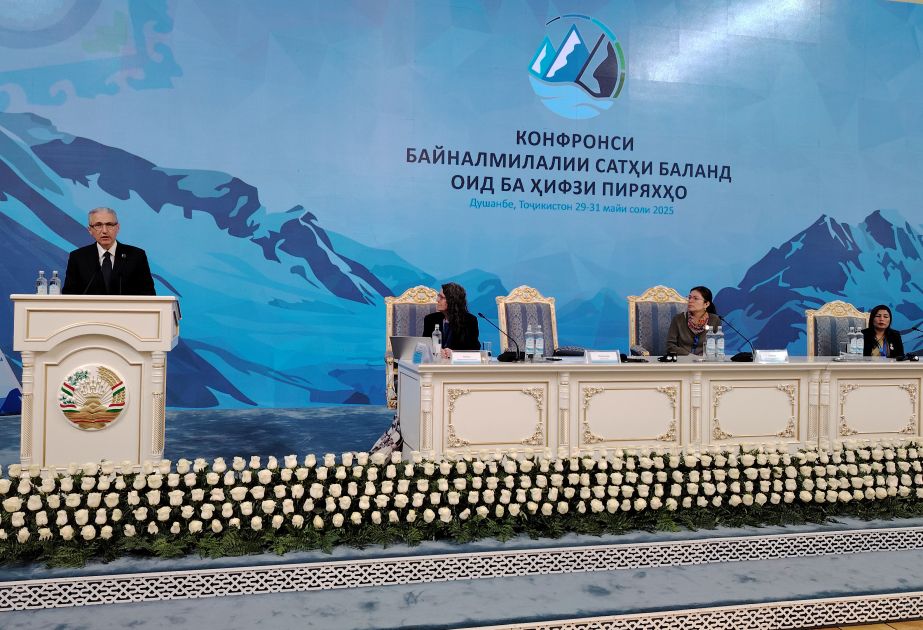Global climate action yields real results, says Babayev at high-level Glacial Forum

International efforts to limit global warming are beginning to show measurable results, with projections for temperature rise now below 3°C—down from pre-Paris Agreement estimates of 4°C, according to climate experts. These improvements are attributed to global climate agreements and concrete actions taken by countries around the world.
Speaking at a high-level session titled “Glacier Forecasts and Emissions: How Much Can 1.5°C Scenarios Protect?” during the first International Conference on Glacier Preservation in Dushanbe, Tajikistan, Mukhtar Babayev, President of COP29 and Special Representative of the President of Azerbaijan for Climate Issues, highlighted the progress made since COP29 in Baku, Azernews reports.
“There were initial doubts about the outcomes of COP29, but in the end, we achieved significant milestones,” Babayev said. “New rules were adopted for high-integrity carbon markets, and the Loss and Damage Fund was officially launched.”
He also announced a groundbreaking financial commitment under the UN framework—the Baku Climate Finance Pledge, which aims to mobilize at least $300 billion annually in climate finance by 2035. Experts believe this could catalyze trillions in global climate investment.
Babayev emphasized that limiting global warming to 1.5°C above pre-industrial levels remains the central goal of the Paris Agreement, particularly critical for small island developing states. However, he warned that the last decade has been the warmest on record, and 2024 already marked the first year surpassing the 1.5°C threshold.
“We’re already feeling the impacts in Azerbaijan,” he noted. “Glaciers have shrunk by around 20% in just seven years and could disappear entirely by 2050. Our rivers are drying, reducing water availability for people and agriculture—posing a serious threat to health and economic growth.”
Babayev called for stronger regional cooperation on emission reductions and climate adaptation. He welcomed proposals for creating regional training centers as partnership platforms, particularly for monitoring shared glaciers and predicting their response to climate change.
He concluded by stressing that it is technically possible to bring global temperatures back below 1.5°C in the long term—but only if short-lived but potent pollutants are aggressively curbed and carbon is actively removed from the atmosphere.
Here we are to serve you with news right now. It does not cost much, but worth your attention.
Choose to support open, independent, quality journalism and subscribe on a monthly basis.
By subscribing to our online newspaper, you can have full digital access to all news, analysis, and much more.
You can also follow AzerNEWS on Twitter @AzerNewsAz or Facebook @AzerNewsNewspaper
Thank you!

